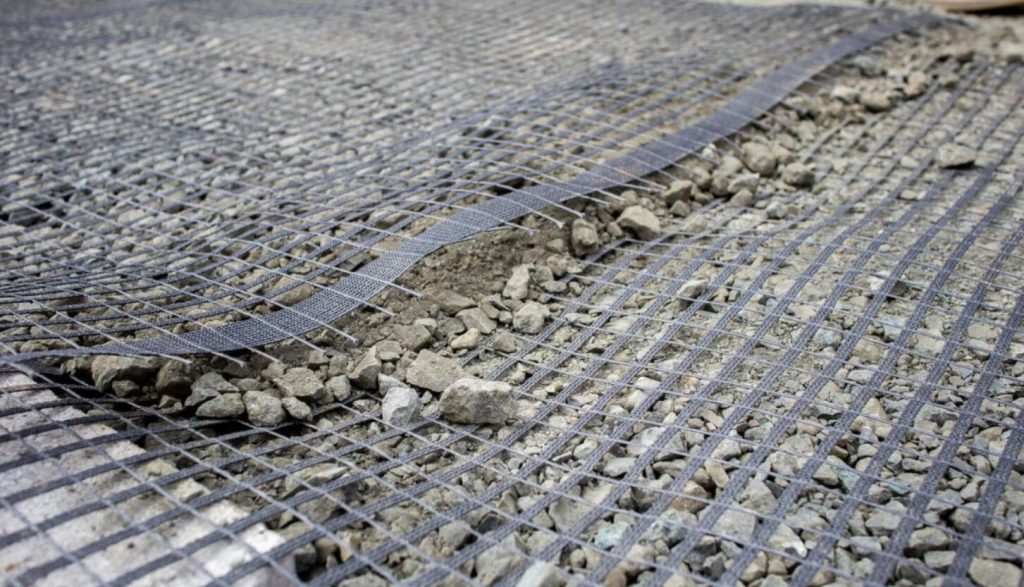
Geotextiles, which are adaptable materials made from man-made fibers, have multitude applications in numerous civil engineering and agricultural practices. One major use of them is to enhance soil moisture utilization efficiency. This article looks at the role of geotextiles in optimizing soil moisture utilization and explores how they work.
Soil moisture utilization refers to the ability of plants to extract water from the soil for their growth and development. Efficient utilization of soil moisture is essential for sustainable agriculture particularly in water stressed or rain-fed regions. Factors such as type of soil, climate and vegetation determine how fast soil moisture is utilized. In dry and semi-arid regions where water availability is limited, it becomes important to maximise soil moisture utilisation for agricultural productivity.
Water Retention: They act as a barrier that inhibits evaporation of water from the surface hence improving retention within the root zone. With reduced loss through evaporation by geotextiles, soils attain para – growth levels of moisture.
Capillary Action: Geotextiles having capillary properties can assist in carrying up water from deeper layers into the root zone. Through this action capillarity better spreads moisture throughout the profile enabling flowers get access to more water.
Erosion Control: On sloping land or areas prone to erosion, these material prevent erosion that help in keeping moistures inside soils. By making it difficult for water run-off on earth’s surface and more penetration into it geotextiles stabilize structure hence minimize runoff allowing more infiltration and recharging ground waters.
Temperature Regulation: Some kind of geotextile has thermal insulation properties capable regulating heat transfer thus controlling temperatures within soil environment maintaining optimal ones essential for conserving soil moisture because high temperature promote evaporation rates; while moderating ground temperature thereby making an ambient atmosphere favorable to store humidity for longer period than normal activities according this paper.
Agriculture Mulching: Such type of mulches placed on top of the soil surface retains moisture and prevents water loss through evaporation. This technique has been employed successfully in orchards, vineyards and crop fields to improve both water use efficiency and yield levels.
Soil Rehabilitation: In degraded or arid lands, these types of techniques like hydroseeding and bioengineering that are geotextile based encourage vegetation establishment hence soil firming. It supports plant growth by creating a microenvironment suitable for their growth thus assistances restoration of soil’s moisture level besides ecological resilience.
Green Roofs and Urban Landscaping: The green roof systems which are made with geotextiles as well as urban landscaping solutions can be used to reduce stormwater runoff while cutting down irrigation needs. These infrastructures use geotextiles so that there is proper water retention within the soils where the plants are grown in cities.
With the rising demand for sustainable water management practices, current studies have focused on advancing geotextile technologies for optimizing soil moisture utilization. Some such innovations that can help better water management in agriculture and horticulture include; smart textile containing sensors for real time monitoring of water content and precision irrigations tailored on textile based substrates offering hope to manufacturers.
One way to enhance the efficiency of utilization of soil moisture under differing environmental conditions is through geotextiles. Sustainable water management practices and agricultural resilience are promoted by reducing water loss, enhancing water spread and soil stabilization using geotextiles. This will make geotextiles much more effective in optimizing soil moisture use as well as promoting water sustainability for future generations through further research and development endeavors on their technology.






